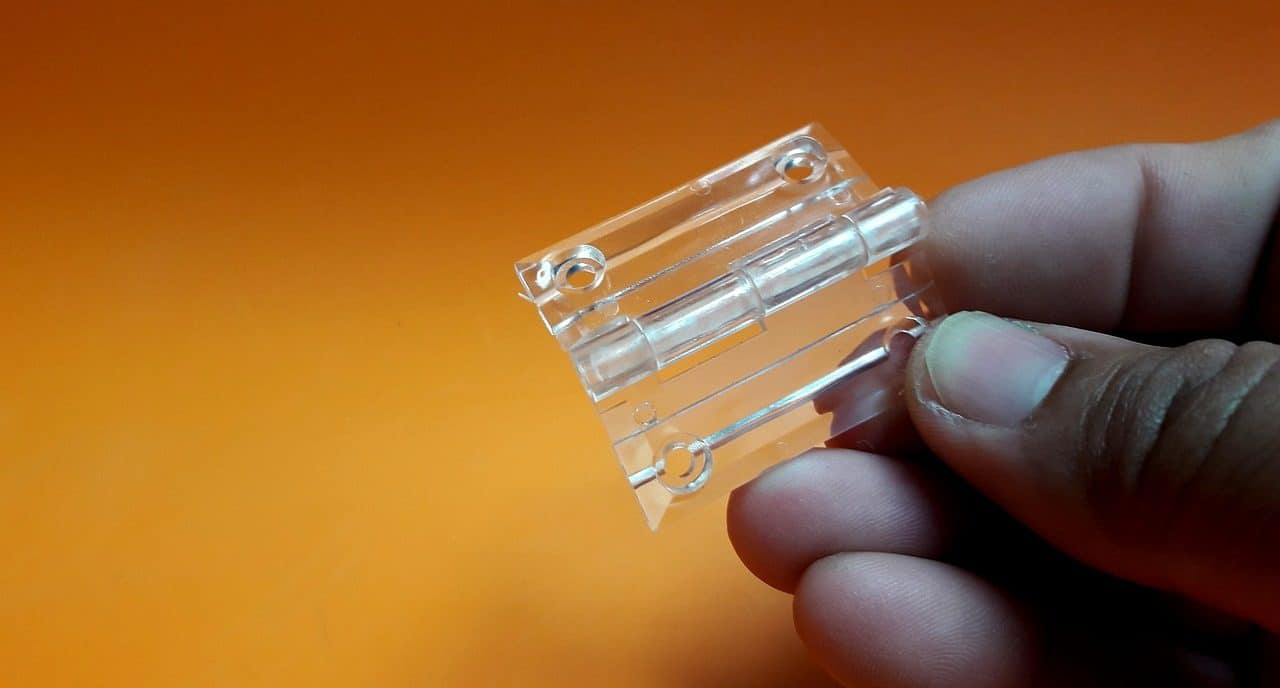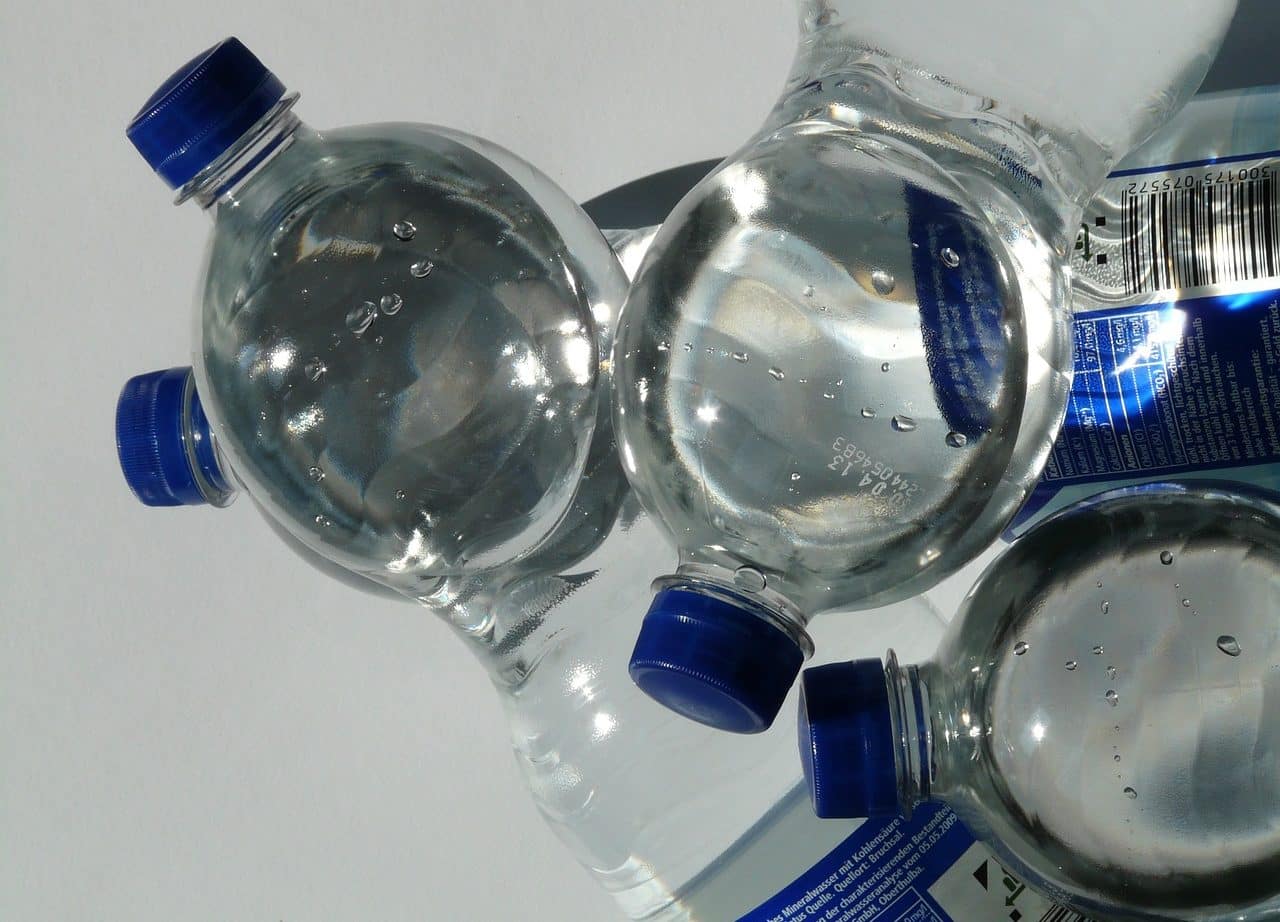
Polyethylene is a synthetic polymer.
Polyethylene is a synthetic polymer obtained through the polymerization of ethene (a compound also known as ethylene ). This material is used for the production of a large number of products , such as pipes, containers, bags, cables and others.
It should be noted that polymers are compounds formed by the union of monomers. According to their origin or other characteristics, it is possible to speak of synthetic polymers , natural polymers and other types.
Etymological origin of the term polyethylene
The etymological origin of the term polyethylene is found in Greek, which literally means "ethylene-based polymer." It must be emphasized that it is the result of the sum of four components of said language:
- The prefix poli- , which is equivalent to "many" .
- The noun aether , which is synonymous with "air" .
- The name hyle , which can be translated as "wood" .
- The suffix -ano , which indicates "origin" .

Bottles can be made with polyethylene.
Classification according to density
It is important to highlight that, depending on the type of polymerization that is developed, it is possible to obtain different types of polyethylene. In any case, polyethylene will be a chemically inert plastic .
Fundamentally we can say that there are two main types of polyethylene: high density and low density . The first, which is characterized by being thermoplastic , is called HDPE and is basically used to create disposable plastic containers. Among its main hallmarks are the following:
- It is solid and colorless.
- It is very resistant to shocks and different chemical and thermal situations.
- It also has great lightness.
- It has great rigidity.
- It is very flexible at the same time.
On the other hand, we find the so-called low-density polyethylene , which is what is also called LDPE and has the peculiarity that it can be recycled. In addition to everything stated above, these characteristics should be noted:
- It can be transparent in color.
- It is very flexible.
- It is very resistant to impacts.
- It can be processed easily.
- It is used to shape a multitude of objects, such as toys, bottles, household items such as cutlery or glasses, pipes...
Other types of polyethylene
It is known as renewable polyethylene or biopolyethylene , which arises from beets, wheat or sugar cane, among other natural materials. Due to these materials , it is a product that can be recycled.
Cross-linked polyethylene , for its part, is a type of polyethylene whose chemical composition includes a reaction called cross-linking. This polyethylene is usually used in the construction of pipes or to insulate electricity cables.
Production and disposal
In the polyethylene production process, various substances can be added so that the final product has certain properties. One of the basic changes consists of changing the color of the polyethylene which, in its first state , is translucent.
On the other hand, polyethylene can be converted into an antibacterial, antioxidant or flame retardant substance using various additives .
Polyethylene bags usually constitute an ecological problem since, as they are not biodegradable, they contaminate the planet for many years if they are not thrown into a place prepared for their reception.
